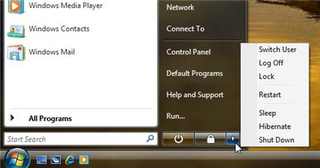Prosper.com/Tools is here!
Prosper has revealed their lending API/Tools section . Right now it is just a dump of data from their db, but the api section promises webservices coming soon.
What's cool about this? Now you should see smart folks like me building tools to analyze and pick through prosper loans, flagging good stuff and dissing bad loans. By opening up the data like this, prosper is letting interested people create tools for themselves and others to get better results for their systems.
This kind of openness will be good for their business as reliability goes up and people can make better informed decisions.




